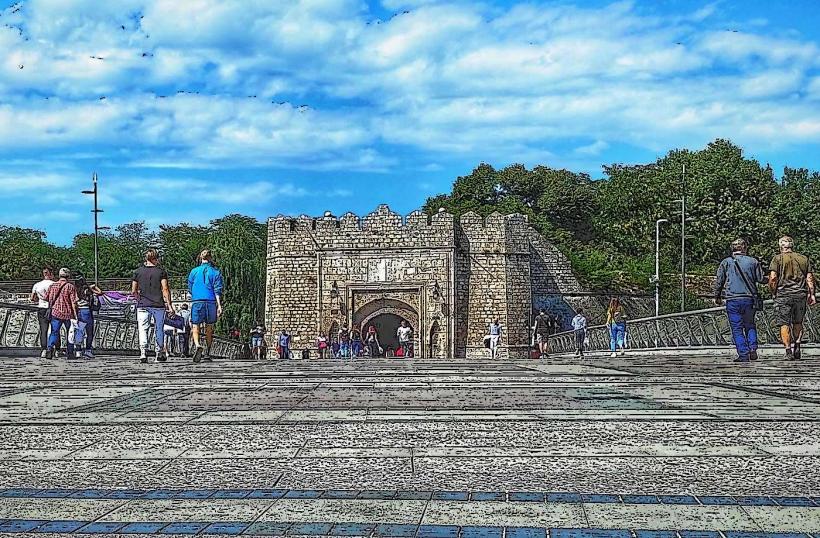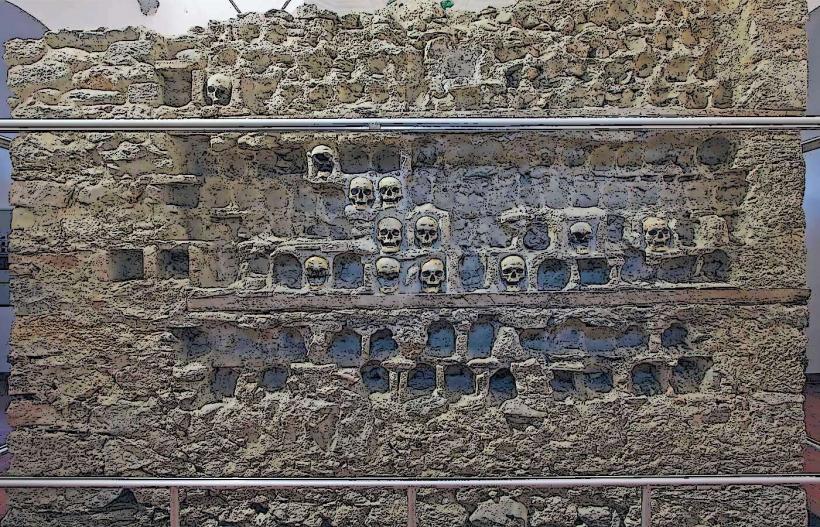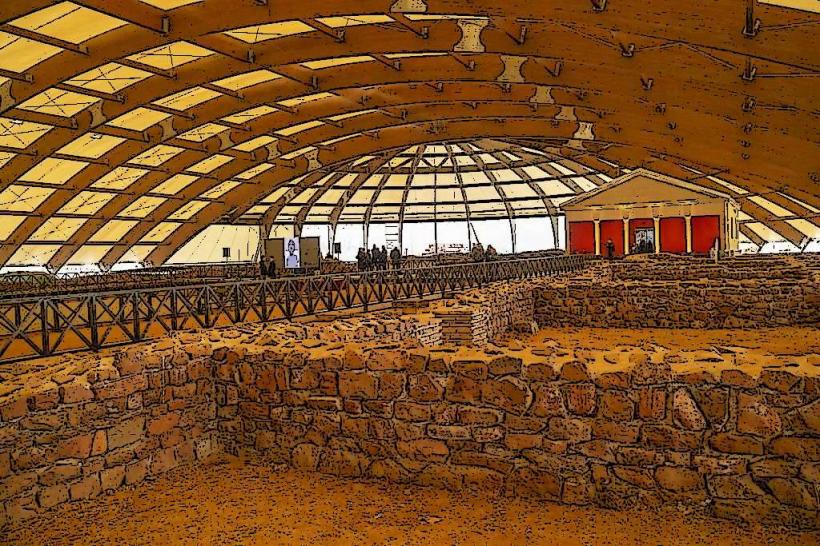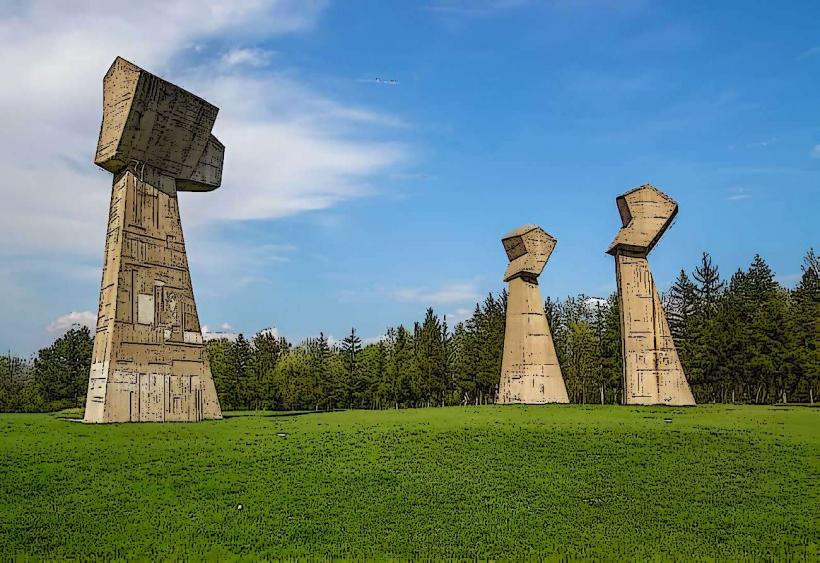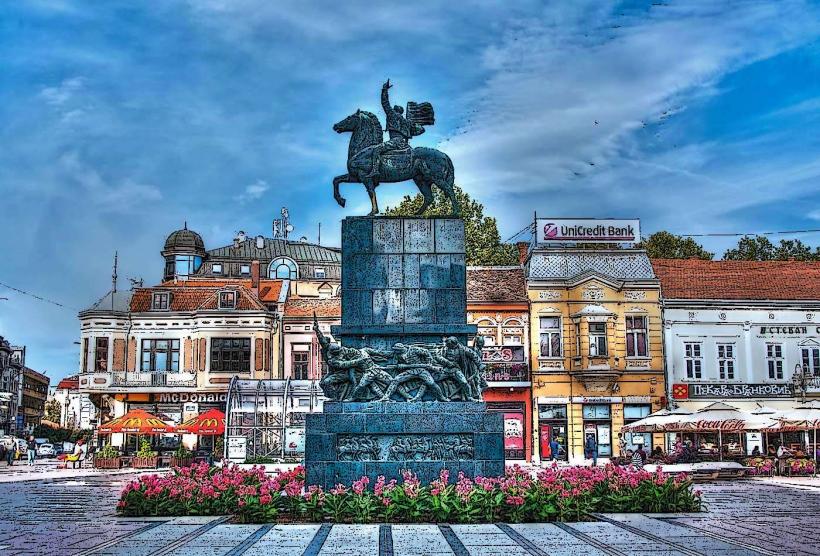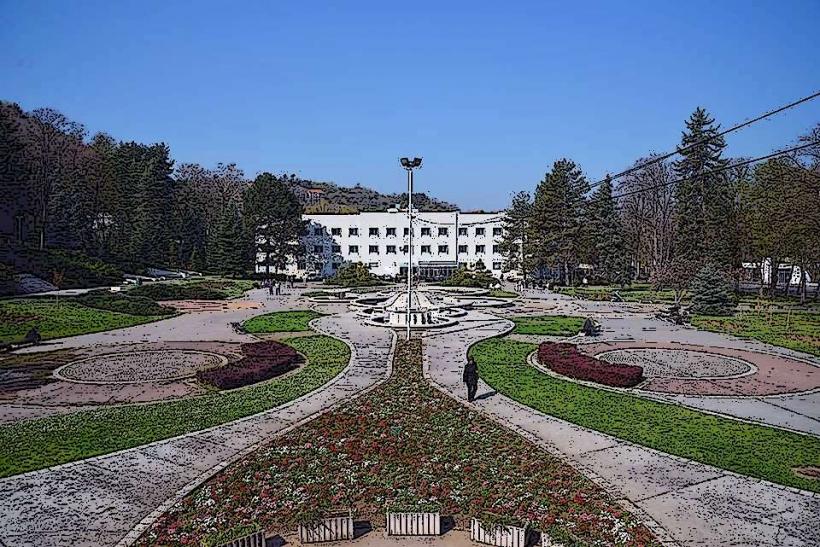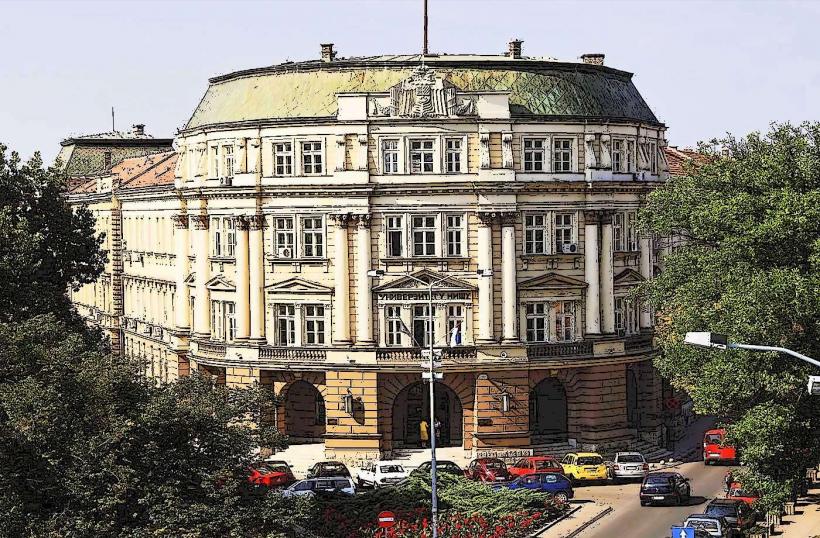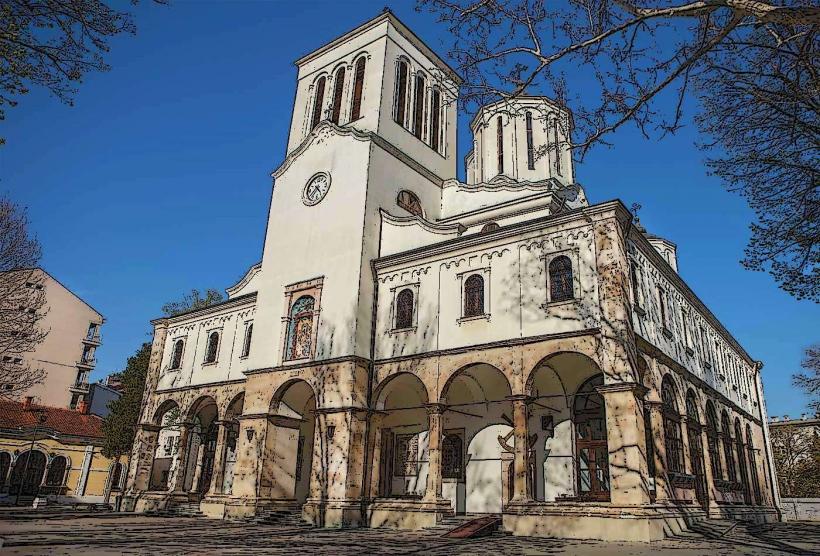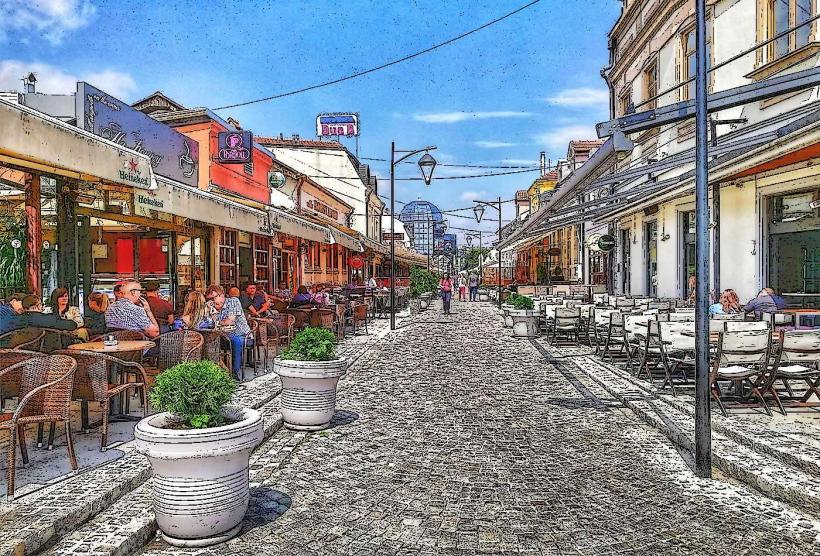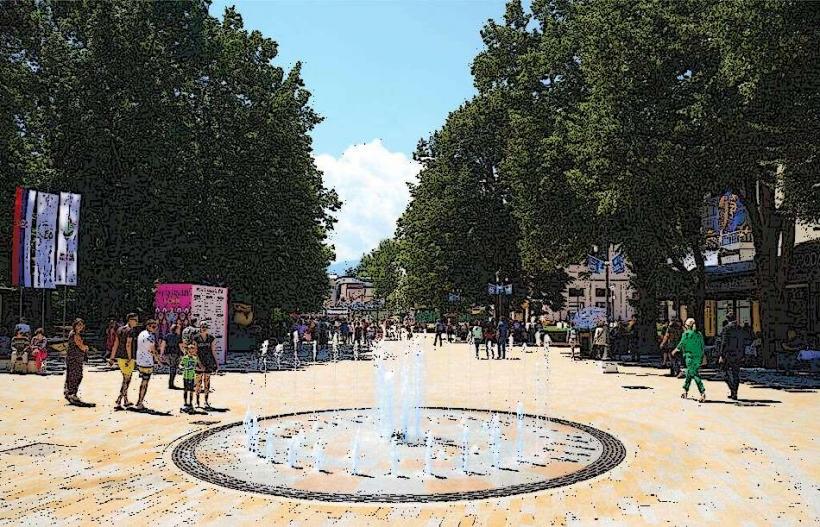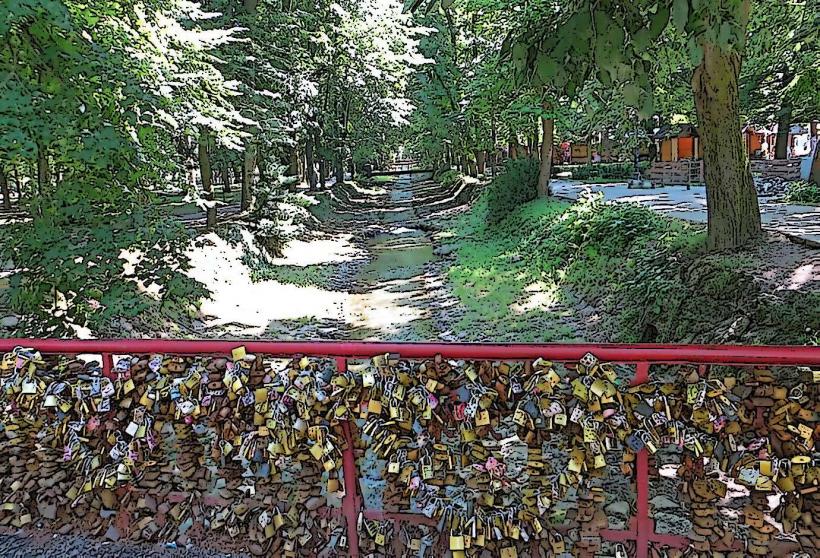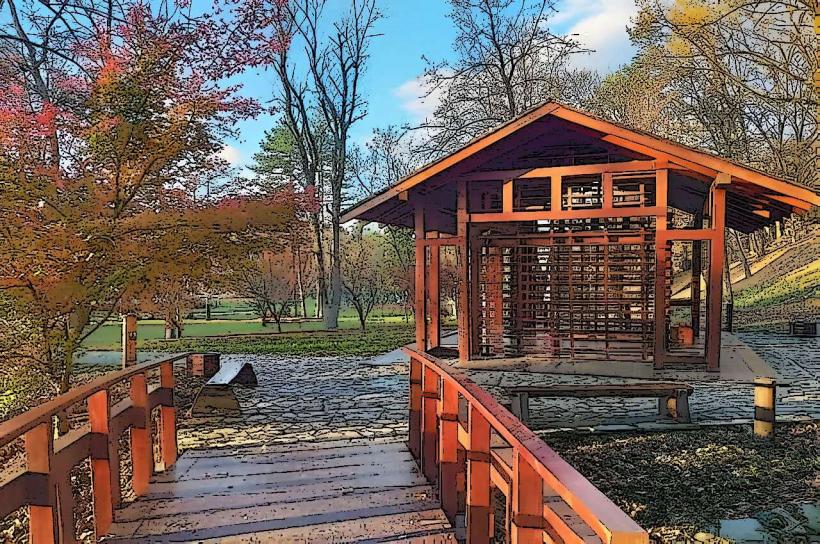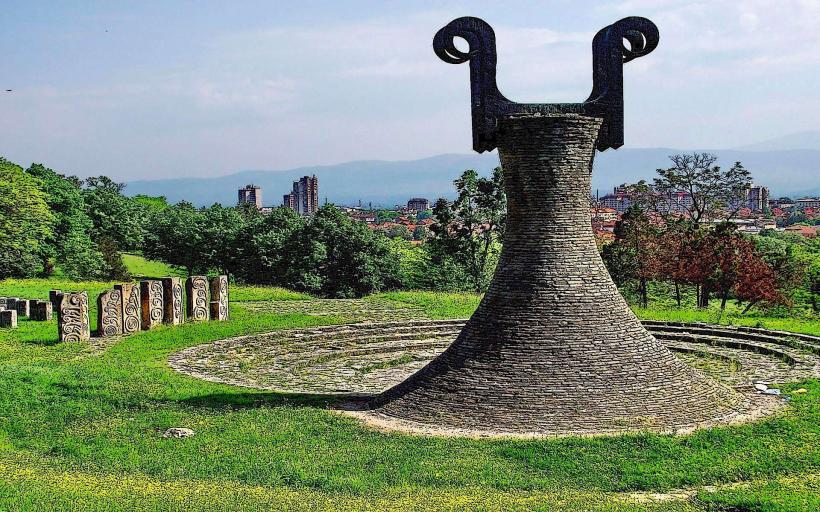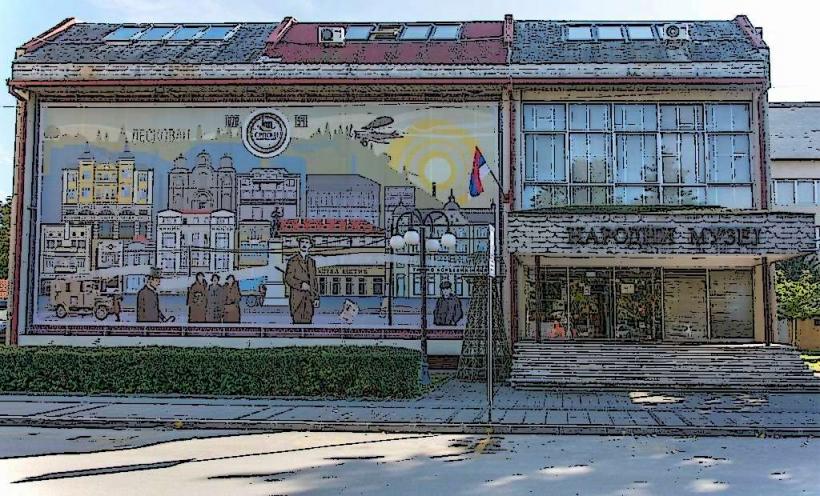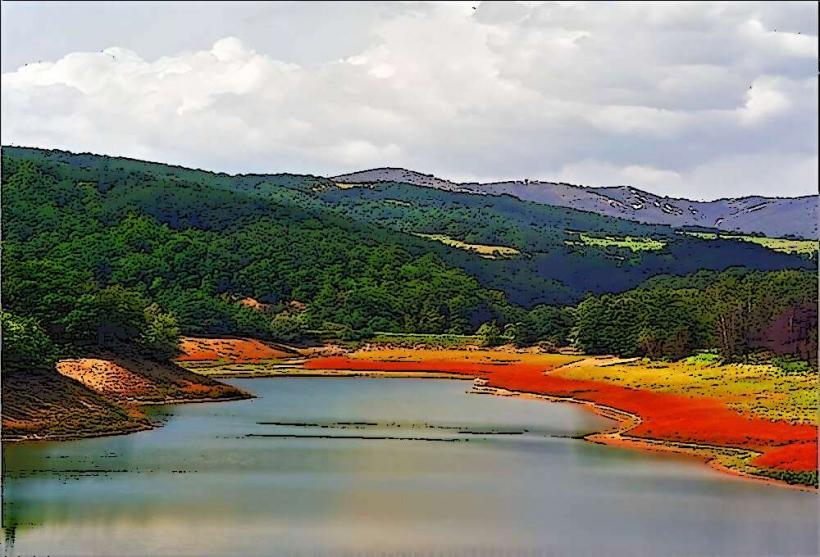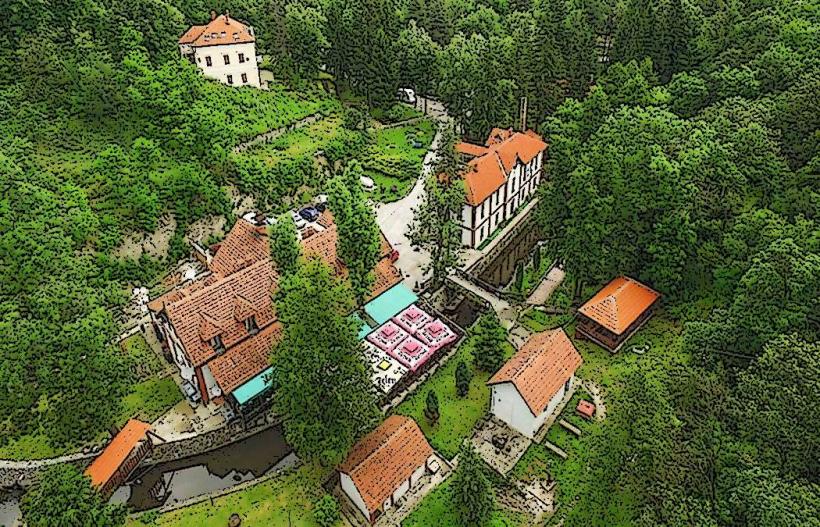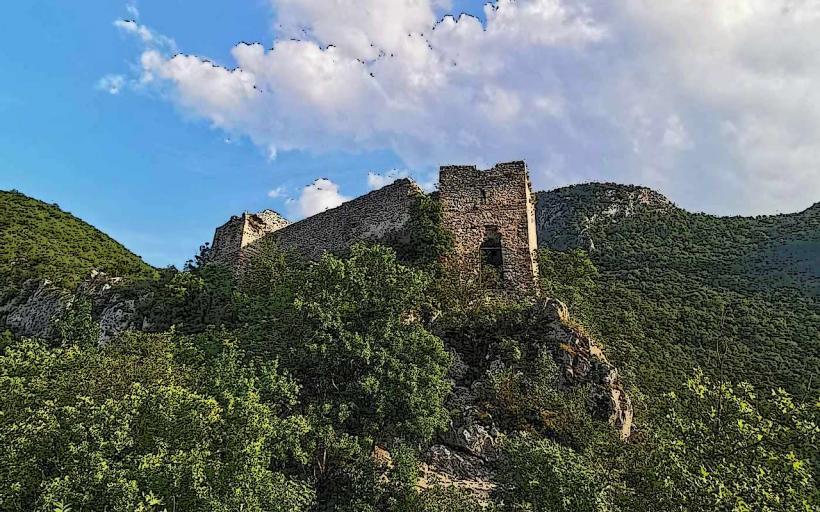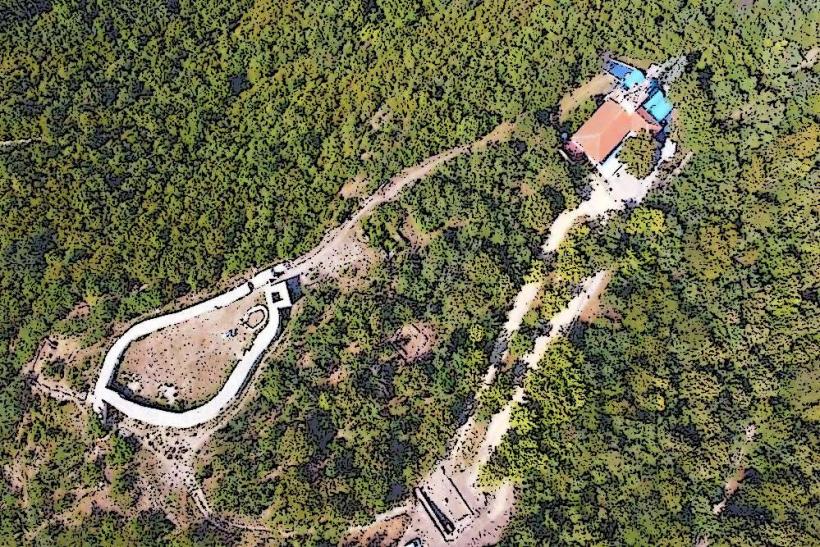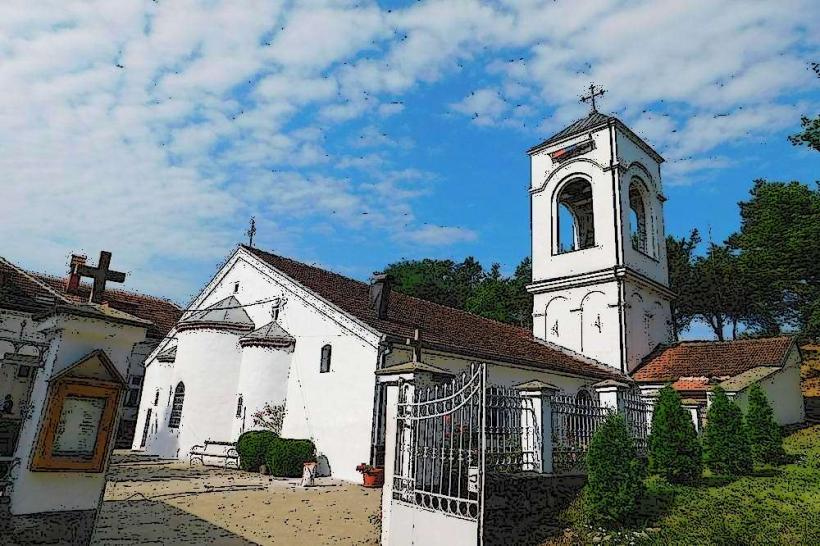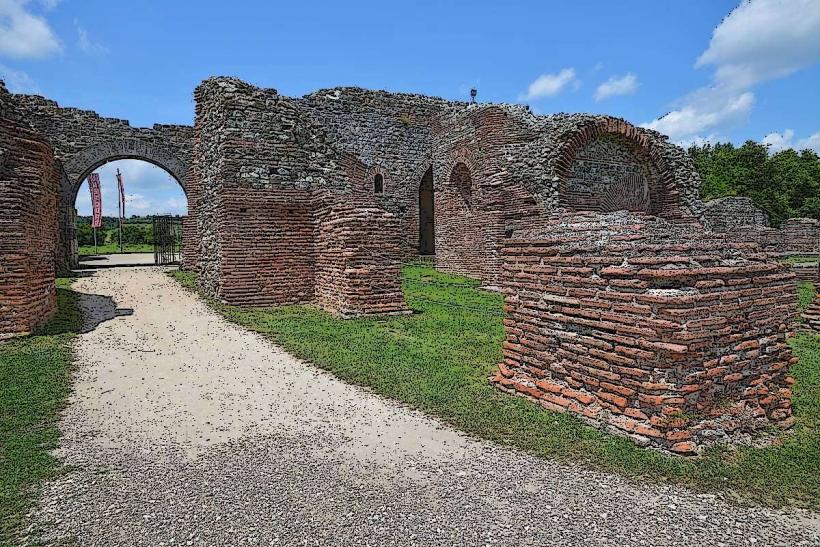Information
Landmark: Red Cross Concentration CampCity: Nis
Country: Serbia
Continent: Europe
The Red Cross Concentration Camp in Niš, Serbia, was one of the most notorious sites during World War II, specifically under Axis occupation. It served as a concentration and internment camp primarily for Serbian civilians, as well as Jews, Roma, and others, who were subjected to brutal conditions and harsh treatment by the Axis powers—mainly Nazi Germany and Italy—during their occupation of Serbia.
Historical Context and Establishment
Nazi Occupation of Serbia:
- During World War II, after the Axis powers invaded the Kingdom of Yugoslavia in April 1941, the country was quickly divided and occupied. Serbia, in particular, was subjected to brutal repression, and various forms of persecution were directed at ethnic groups and those perceived as enemies of the Nazi regime.
- Niš, one of the major cities in Serbia, fell under German occupation, and the occupying forces set up multiple facilities for the internment of prisoners, resistance members, and civilians. The Red Cross Camp was one of the most notorious of these camps.
The Name "Red Cross":
- The camp was called the Red Cross Concentration Camp due to its proximity to the Serbian Red Cross headquarters in Niš. However, despite the name, the camp was far from being a facility aimed at providing any humanitarian aid. Instead, it was a site of forced labor, torture, and executions.
- The camp was established in 1941, shortly after the Nazi forces gained control of the area. The German authorities used the name “Red Cross” as a form of propaganda to obscure the true nature of the camp and give it a veneer of legitimacy.
Conditions in the Camp
Prisoners and Victims:
- The Red Cross Camp housed thousands of civilians, many of whom were Serbian men, Jews, Roma, and others who were rounded up by the occupying forces. They were often accused of being part of the Yugoslav Partisan resistance, or were simply detained as political prisoners or as part of the general persecution of minorities under Nazi policies.
- Conditions in the camp were appalling. Prisoners were subjected to forced labor, including working on infrastructure projects for the German war effort, and were often starved, beaten, and executed.
Torture and Executions:
- The camp was notorious for the brutality with which its prisoners were treated. Many were tortured, while others were executed on the spot. Some prisoners were sent to other concentration camps, including those in Germany and Austria, where they faced even harsher conditions.
- A significant number of Serbian civilians were executed at the camp in mass shootings or by hanging. There are accounts of prisoners being lined up and shot in the back of the head, their bodies disposed of in nearby mass graves.
Role of the Red Cross:
- Despite the name, the Red Cross had no effective role in the camp. The organization, which traditionally aimed to provide humanitarian relief during wartime, was unable to intervene effectively in the Nazi-occupied territories. There were reports that the International Red Cross attempted to send aid to the prisoners, but these efforts were largely unsuccessful due to the Nazi regime's control and lack of cooperation.
Liberation and Aftermath
Liberation by Yugoslav Partisans:
- In 1944, as the Axis forces began to retreat in the face of advancing Soviet and Yugoslav Partisan forces, the Red Cross Concentration Camp in Niš was liberated. Yugoslav Partisans, led by Josip Broz Tito, freed the remaining prisoners and put an end to the atrocities at the camp.
Post-War Recognition:
- After the war, the Yugoslav government recognized the site as a memorial to the victims of Nazi persecution. It has since been commemorated as one of the most tragic symbols of the suffering of the Serbian people and other ethnic groups during the war.
- The site was eventually turned into a museum and memorial complex, honoring the memory of those who perished in the camp and recognizing the atrocities committed during the Nazi occupation.
Memorialization and Museum
The Memorial Park:
- Today, the Red Cross Concentration Camp site is part of a memorial complex and museum dedicated to the victims of the camp and the broader suffering endured by the people of Niš during the war.
- The Niš Fortress, located near the camp, was another site used for execution and imprisonment during the Nazi occupation. The memorial complex includes graves and monuments dedicated to the thousands who died at the Red Cross camp, with an emphasis on serfdom, suffering, and resilience.
Museum Exhibits:
- The museum at the site features various artifacts, documents, and photographs related to the camp, providing a historical account of the atrocities committed. It also honors the victims through exhibitions that detail the lives of those who were imprisoned and executed there.
- Among the exhibits are personal stories of the survivors and remains of those who perished, including some of the original barbed wire fences and barracks from the camp.
Educational Role:
- The Red Cross Camp Memorial serves not only as a place of remembrance but also as an educational tool for current and future generations. Visitors can learn about the history of the war and the impact of the Nazi occupation on Serbia, and the broader Balkan region, through guided tours and interactive displays.
- The museum is a reminder of the brutality of wartime persecution, the horrors of concentration camps, and the importance of preserving historical memory to prevent the repetition of such crimes.
Conclusion
The Red Cross Concentration Camp in Niš serves as one of the darkest chapters of World War II history, offering a stark reminder of the brutal repression faced by the Serbian people and other ethnic minorities under Nazi occupation. Today, the site is a memorial to the victims of this atrocity, preserving their memory and serving as a reminder of the human cost of war. It is an important historical site for understanding the local and regional impacts of the Nazi occupation, and it continues to educate people about the suffering of civilians during the war.



